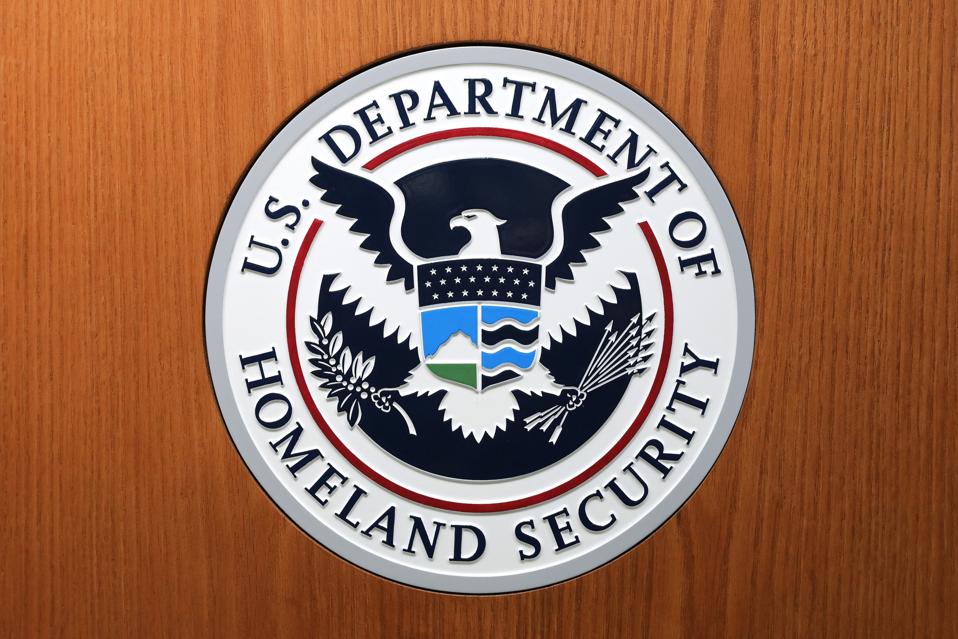When news broke that funding for the Common Vulnerabilities and Exposures (CVE) database would expire on April 16, panic quickly spread through the infosec community. MITRE, the nonprofit that maintains the CVE program, confirmed it had secured a stopgap contract with the U.S. Department of Homeland Security—avoiding an immediate shutdown. But the scare underscored a deeper issue: the security industry’s overreliance on a fragile system.
Security leaders, especially CIOs and CISOs, now face a familiar theme: diversify, build internal tools, collaborate, and spend more. But while most of these suggestions are good in theory, they fall apart operationally.
CVE Alternatives: Easier Said Than Done
Yes, we should diversify our vulnerability intelligence central source. But let’s be clear: most commercial databases, open-source feeds, or niche vendor advisories still depend on CVE IDs as the reference point. Without CVE, those systems degrade in accuracy or usability. Even the National Vulnerability Database (NVD), managed by the National Institute of Standards and Technology (NIST), acts as a centralized database of known vulnerabilities pulled from CVE.
CISOs can’t just switch feeds and expect the same coverage. Rebuilding that visibility requires money, time, and resources that many organizations lack.
Building Internal Capabilities: Not Realistic For Most Teams
Investing in internal scanners or training teams to do vulnerability research sounds empowering, but it ignores the scale of the problem. Large enterprises can afford a red team that focuses on discovering and exploiting weaknesses across an organization’s systems, people, and processes before real attackers do. Most mid-sized or smaller organizations? Not so much.
Vulnerability management teams already run lean. Asking them to replicate what MITRE has done with a fraction of the budget is unrealistic. No number of certifications or workshops can replace a centralized, trusted source of vulnerability IDs and metadata.
Collaboration: Helpful, But Not A Silver Bullet
Industry groups like ISAC (Information Sharing and Analysis Center) can supplement knowledge but don’t offer comprehensive coverage. Peer sharing is inconsistent and informal. Collaboration helps fill gaps—it doesn’t replace structured vulnerability tracking at scale. And let’s not pretend the average CISO or vulnerability engineer has time to manually parse peer alerts on top of everything else.
Budget Reallocation Is A Trade-Off
Reallocating resources means cutting from somewhere else within the team. Subscriptions to new intelligence platforms and hiring analysts aren’t just budgeting tasks because they divert funds from incident response or endpoint protection, which will weaken the overall security posture. It is a risk to reshuffle dollars and hope for the best.
Monitor And Adjust: Yes, But With What Benchmark?
If we have a solid baseline, tracking the effectiveness of new tools and feeds makes sense. However, with the CVE program potentially unstable, what does security engineer compare against? Metrics lose meaning without a common framework like CVE to align definitions and scope.
The Reality Check
The end of MITRE’s CVE program isn’t a crisis, but it’s also not an opportunity. CVE has never been a risk assessment tool; it’s a catalog. Carter Groome, CEO at First Health Advisory, said, “The reliance on CVE can’t be overstated, and as the old adage says, you can manage what you don’t measure.”
CIOs and CISOs need realism, not idealism. Quick pivots and wishful strategies won’t cut it. We need sustained investment in foundational infrastructure like CVE and a long-overdue rethink of defining and communicating vulnerability data across the ecosystem.

